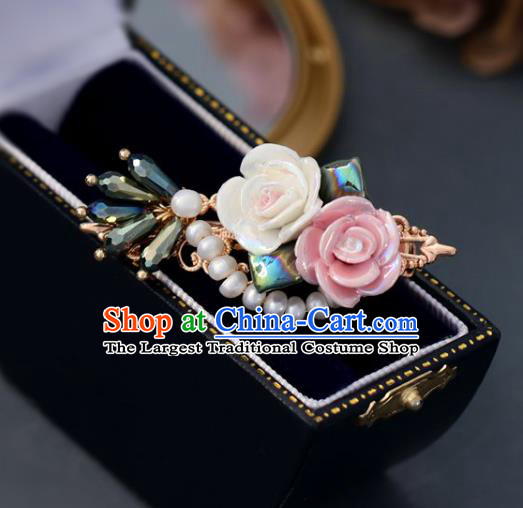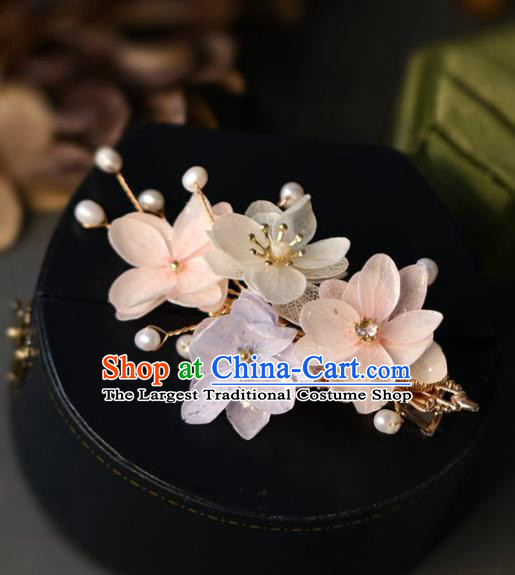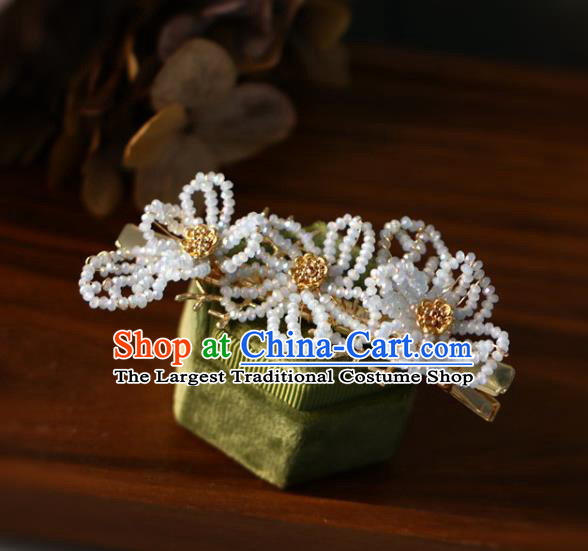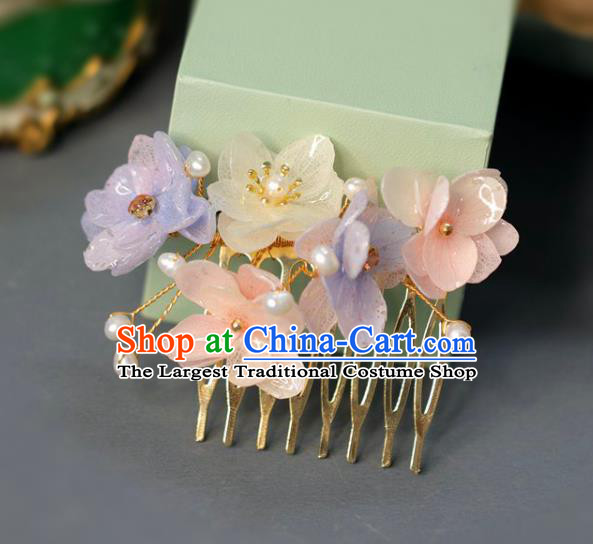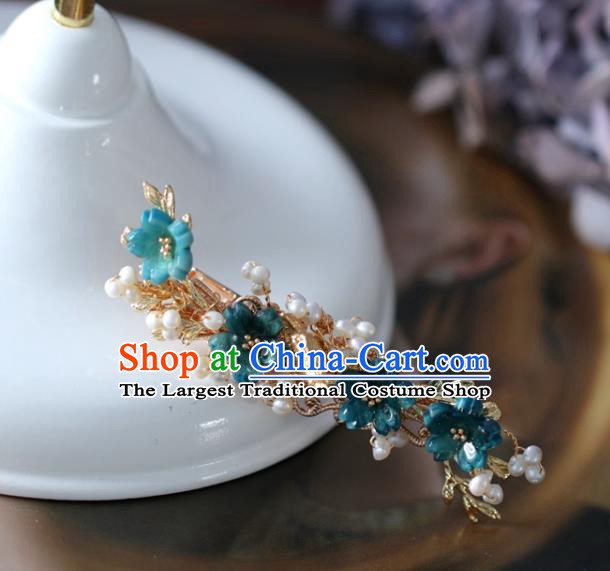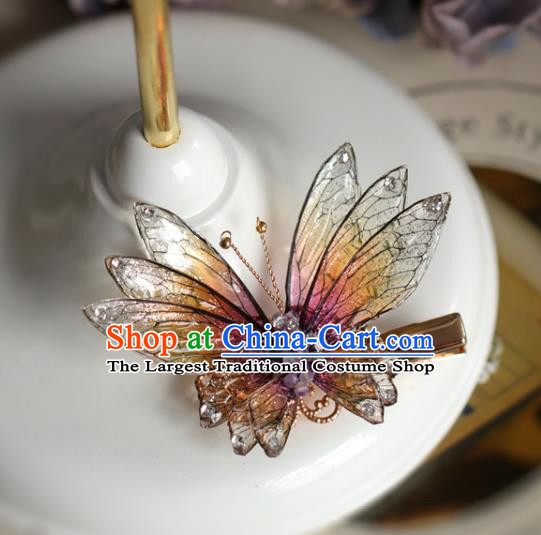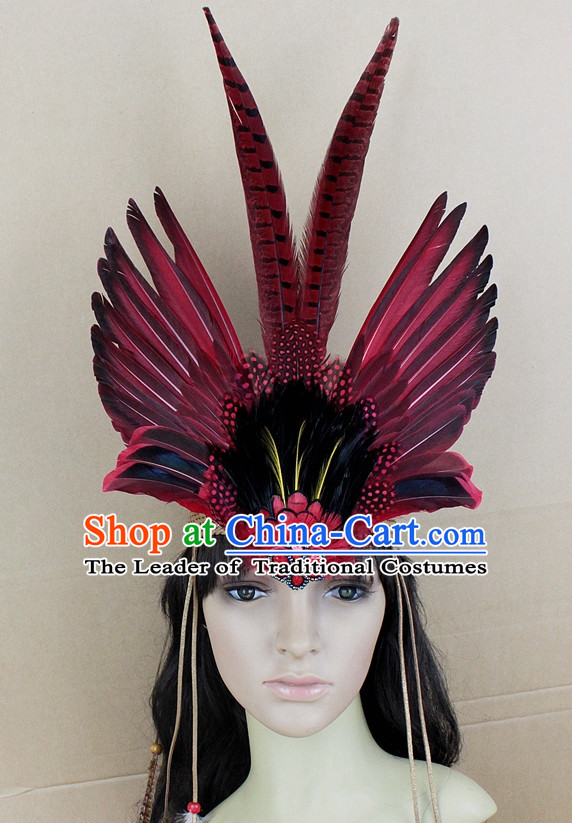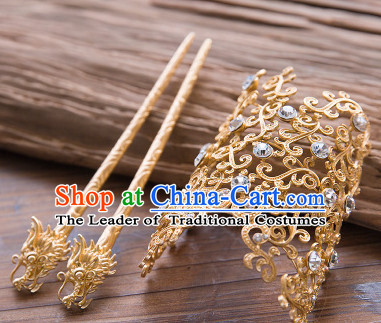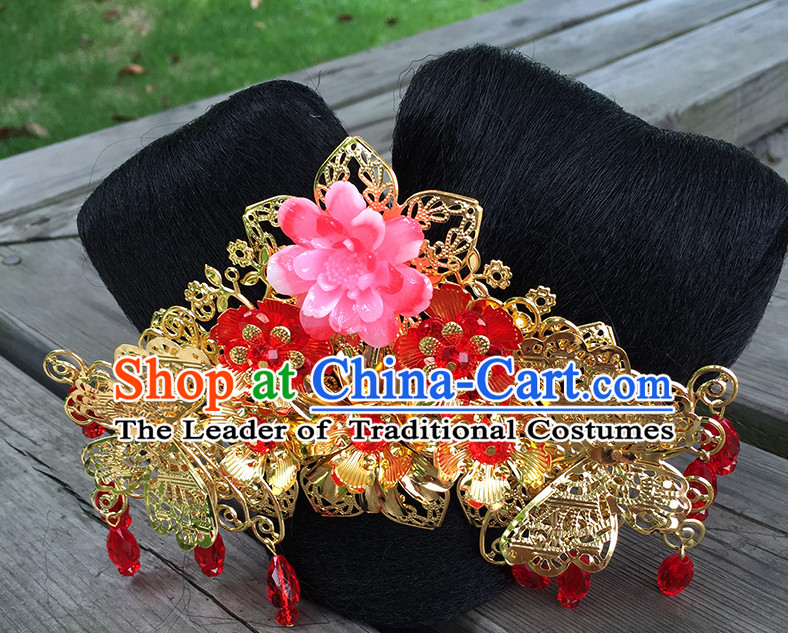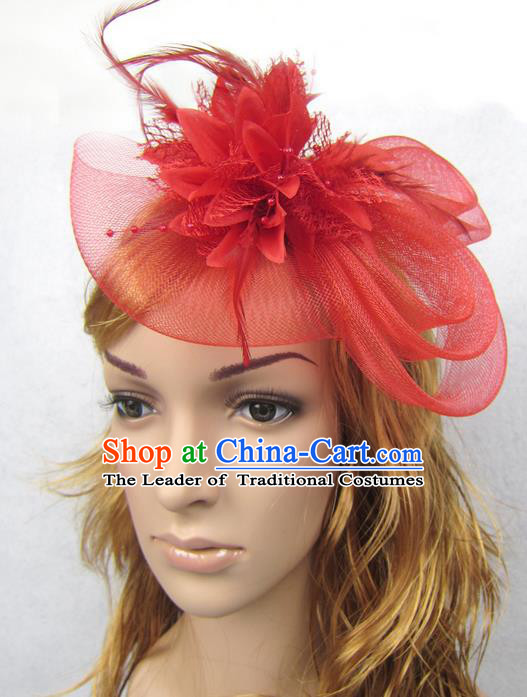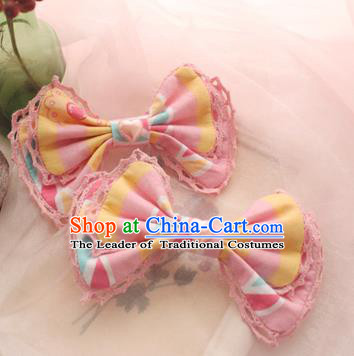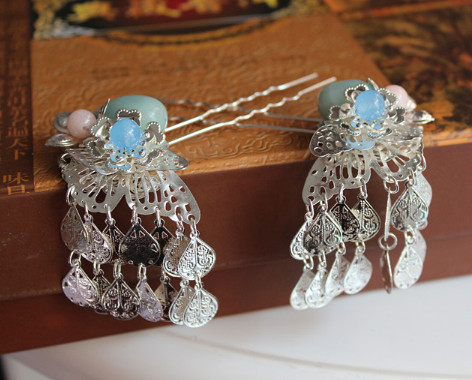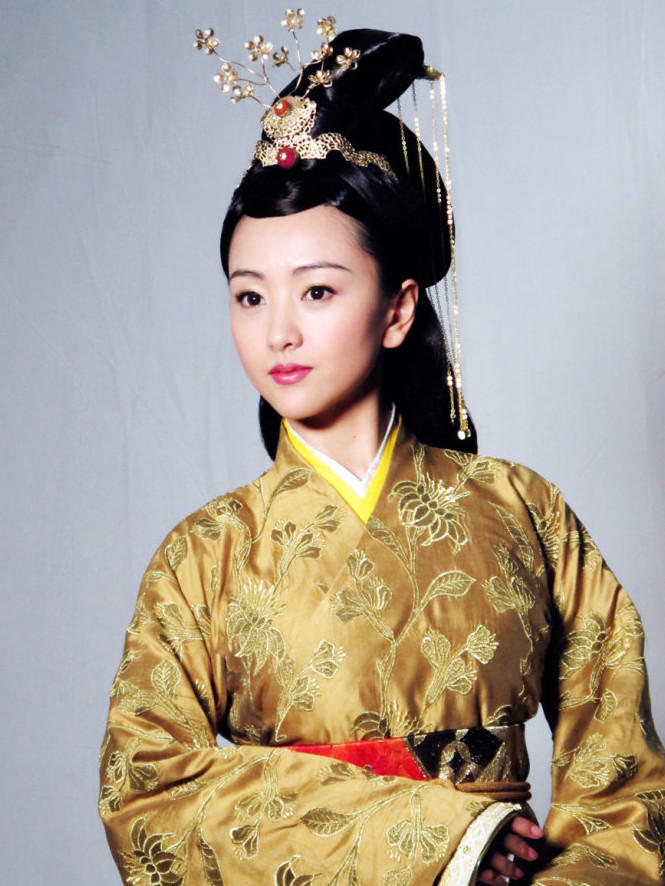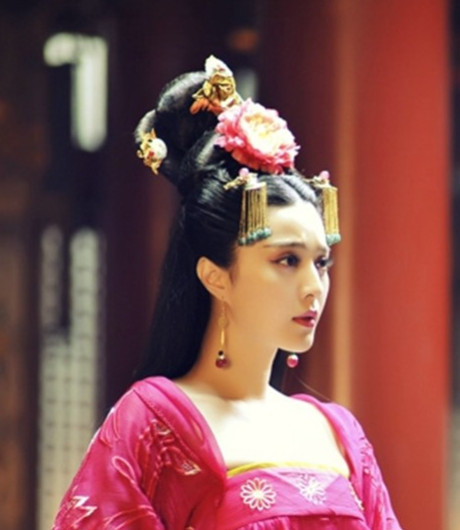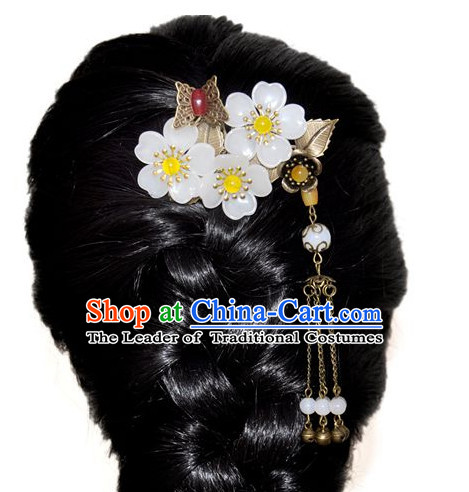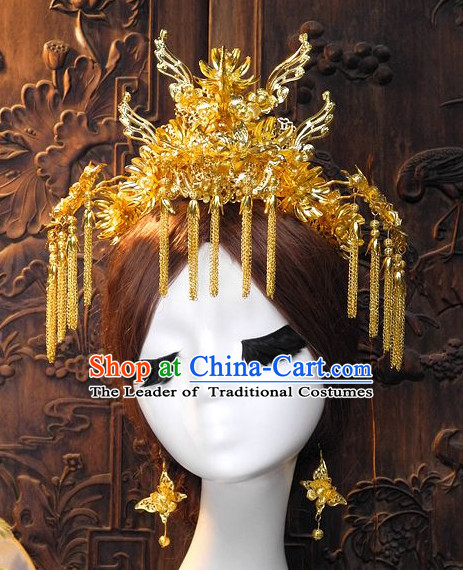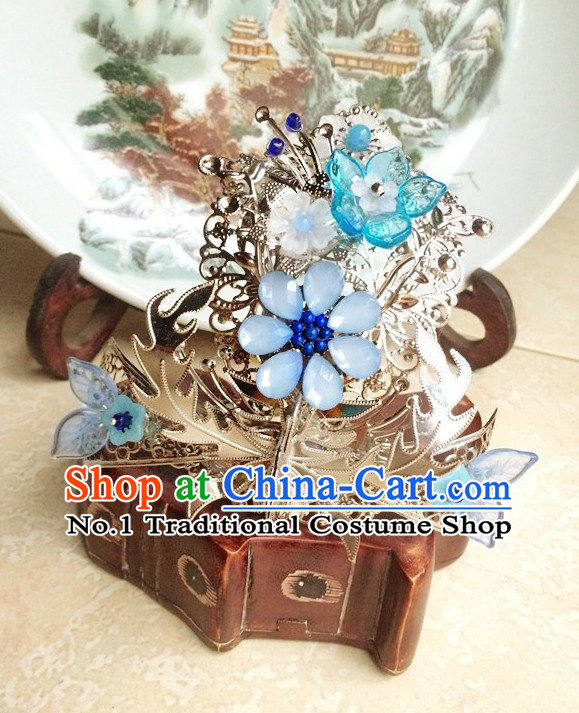
Click Related Pictures for More Audios:
Traditional Chinese princess handcrafted hair accessories, such as hairpins, hair sticks, and hair clasps, are an important part of ancient Chinese culture.
These exquisite ornaments not only have practical value but also carry rich historical significance and cultural connotations.
They represent the pursuit of beauty and the admiration for elegant temperament by ancient women.
In ancient China, hair accessories were given special symbolic meanings.
For example, hair sticks were usually associated with marriage, and brides would wear a pair of hair sticks on their wedding day to indicate their married status.
In addition, hair sticks could also serve as a symbol of social status, with different levels of women wearing hair sticks made of different materials, with varying craftsmanship and decorations.
This difference reflected the society's perception of women's status and roles at that time.
Hairpins were mainly used to fix the hair and keep the hairstyle neat.
They could come in various shapes and sizes, such as bowknots, flowers, etc.
, which were both beautiful and practical.
Over time, the design of hairpins became increasingly diverse, becoming an important element to showcase personal style and taste.
Hair clasps are a unique type of hair accessory.
They are made of two metal or silver wires, with beads or other gemstones strung between them.
The ends of the hair clasp can be bent into different shapes, such as hooks, rings, or spirals.
This design allows the hair clasp to both secure the hair and be worn as an ornament.
In ancient China, hair clasps were often given as gifts to relatives and friends, symbolizing good luck and happiness.
In conclusion, traditional Chinese princess handcrafted hair accessories demonstrate the pursuit of beauty and the admiration for elegant temperament by ancient women through their exquisite craftsmanship, rich symbolism, and unique design styles.
These hair accessories are not only practical tools in their daily lives but also reflect their social status and individuality.







